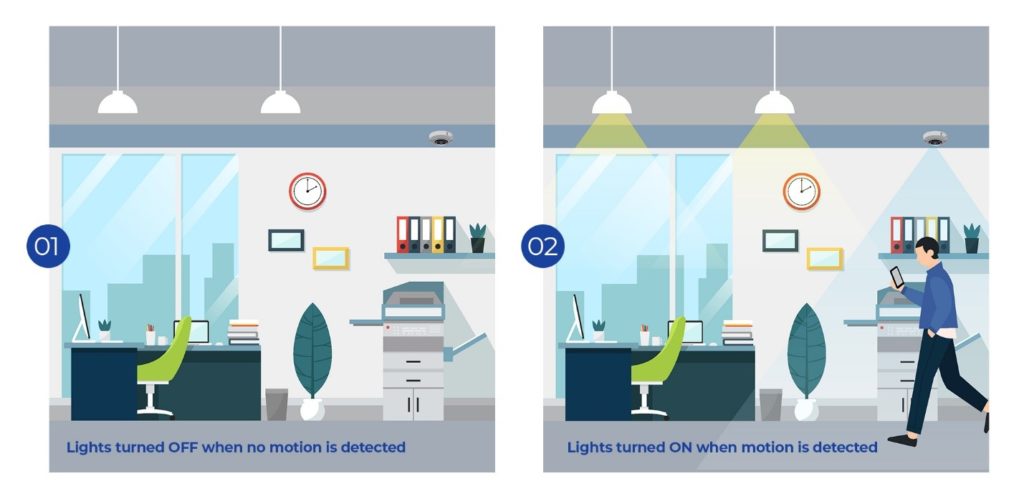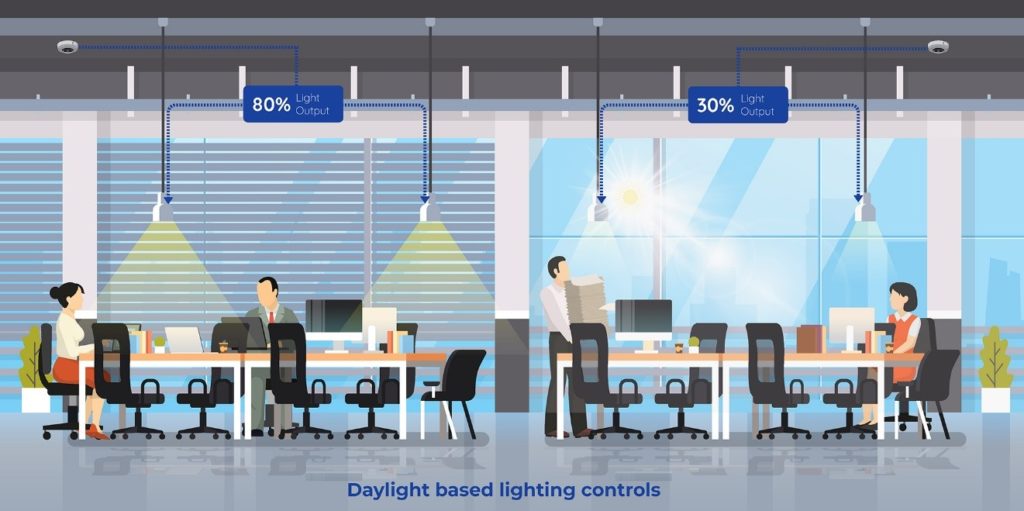It’s a sensor-driven era. Smart sensors do enhance the capacity to observe and report on the world around us. They perform in almost all sectors to make human life easy and much better. Adjusting lights to the tune of moods, turning on devices including water heaters, ensuring security, tracking devices, and many more are just a few to name so. On a bigger scale, sensors enable greater visibility into business processes and workflows, identify employee work patterns, and determine environmental conditions of facilities. Thus, sensors also allow enterprise management to monitor, control, and improve operational efficiency.
Alongside, with IoT technology penetrating every aspect of life than ever before, the use of accurate sensors is exponentially growing. The internet of things cannot exist without smart sensors and constitute the vital components of IoT systems.
How do Smart Sensors Work?
Sensors capture data from preferred environments and transform their physical properties into measurable electrical signals. These properties include temperature, mass, speed, pressure, or presence of heat bodies like humans. The electrical signals are then processed by a microprocessor to give outputs that correspond to a set of actions. The system finally communicates the output with receivers in the intended devices for favorable functioning.
Depending on the functional complexities and increased feature demands, a system may employ multiple sensors of different capabilities. For favorable outputs, it might include more receivers, transmitters, power sources, etc.
Types of Sensors
Sensors are of different types based on their capability to measure physical properties. Let’s look into some of the common types of sensors in use among various enterprises.
Motion Sensors
Motion sensors are designed to detect people-presence when they enter or leave a space. When a motion is detected, the sensors send signals to trigger processes that increase or decrease power supply to light fixtures. Thereby, it automates the switching ON/OFF of lights and other in-house devices based on the occupancy/vacancy status of the assigned space. They can immensely save energy in commercial applications that deal with larger areas and people. These sensor-driven systems are also widely used in hospitals to monitor hand-hygiene compliance.

Light Sensors
Tuning light to the time of day, month, or year is the prime functionality of light sensors. It automates luminaire functioning in smart buildings besides enabling human-centric lighting, daylight harvesting, and light scheduling for energy savings, efficiency, and ambiance.

Thermal sensors
Automating room temperature in smart buildings and offices require thermal sensors. They maintain a constant internal temperature, no matter how the external temperature varies. These sensors also save energy by balancing the temperature in tune with the climate.
Wind Sensors
Smart buildings need to respond to nature smartly. Wind sensors automate the shutting down of dust skirts, storm shutters, or close retractable awnings if strong winds are detected.
Smoke Sensors
Smoke sensors ensure home or building safety, as they give instant alerts and trigger alarms in case of fire bursts. Thus, they drastically increase the chance to escape from accident scenes.
Apart from the sensors mentioned, there are lots of other sensors in use in the industry, like time sensors, location sensors, sound sensors, matter sensors, and many more.
What industries do benefit from smart sensors?
Healthcare
Sensors are vital in making healthcare management seamless. The various benefits include,
- Monitoring hand hygiene compliance
- Occupancy monitoring
- Automate temperature and light settings
- Human-centric lighting
Warehouse and Manufacturing
Smart sensors help manufacturing enterprises in improving employee well-being and profitable process workflows. The sensors generate relevant information of various kind like,
- Historical data for decision making
- Alerts and reminders on maintenance and repairs
- Lighting automation to ensure active environments
- Improved space utilization
Check how a California based leading environmental and industrial machinery manufacturer replaced their primitive in-house system to a smart facility.
Hospitality
Sensors designed for smart hotels enable cost savings, bring in revenue opportunities, and drastically improve guest experiences. For instance, thermostats and occupancy sensors allow smart energy-management that wisely utilizes energy, besides automating temperature controls and light settings. Let’s see some of the other benefits of sensors in the hospitality industry.
- Automated guest interactions
- Personalized experience delivery with guest data
- Self-check-in/check-out and automated room entry
- Push-notifications for room service
Offices
Sensor-based technology is changing the way employees interact and work in today’s offices. Smart-sensors are behind this transformation, ensuring improved productivity and performance. The list goes on!
- Smart lighting for human-centricity
- Smart HVAC systems for automated climate control
- Intelligent conference room and occupancy data
- Indoor wayfinding and smart-navigation
Home Automation
Today, there’s some sensor for every home function, or there will be one soon. Sensors are the backbone of home automation that directs smart devices on when to work and how to work.
- Automated device activation
- Mood lighting and temperature controls
- Pre-set routine schedules
- Theft and unauthorized access detection
There are more sensor-applications across enterprises and industries than what’s explained in the blog. As we all can see, there’s a dazzling list of sensors for all-case scenarios. Today, the world has come so far that without sensor data, many vital functions wouldn’t life-up.
WiSilica solutions include smart-sensors like WXD2CPLR and WXD2CPLC that allows combined sensing capabilities. WiSilica’s location-aware IoT platform, ARIXA, can integrate any sensors to enable smart and intelligent features that make life easy for everyone. Reach us to know more about our solutions or talk about how sensor-based IoT could optimize the operational efficiency of your enterprises.
By hitting the submit button you authorize WiSilica to store and process your data in accordance with principles laid out in our privacy policy.






